Introduction
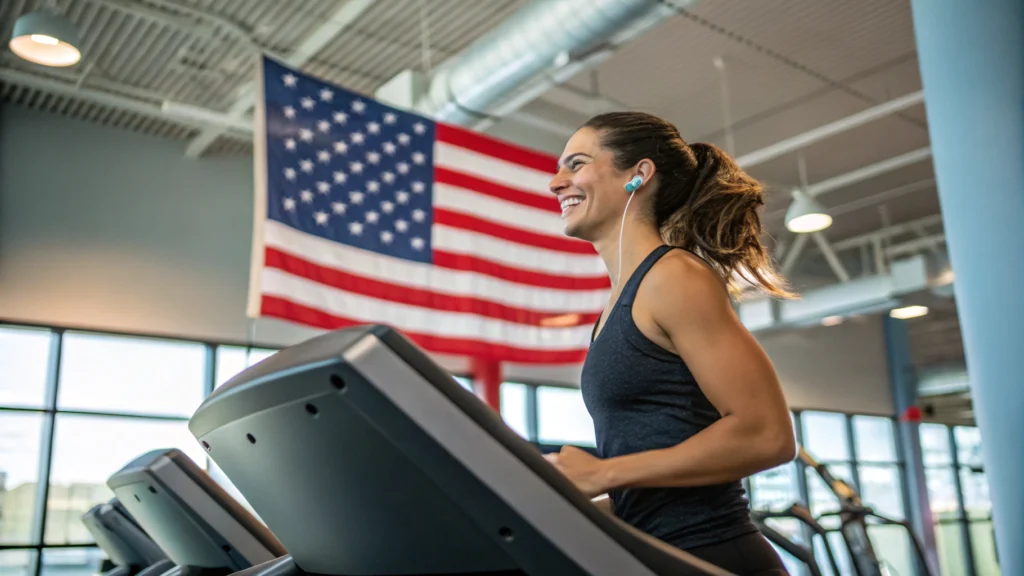
Are you tired of quick fixes, fad diets, and exhausting workouts that never seem to deliver real results? In 2025, Americans are discovering a powerful, sustainable approach to weight loss that doesn’t leave you breathless or burnt out — Steady-State Cardio. While high-intensity workouts often dominate fitness headlines, steady-state cardio is quietly making a major comeback among fitness professionals, athletes, and everyday people alike.
But what exactly is steady-state cardio? Why is it gaining traction in the US now more than ever? And how can it help you shed pounds and build a healthier lifestyle?
Let’s dive into the surprising science and real-world benefits of steady-state cardio — the underrated fat-burning tool that might just be the missing link in your fitness journey.
What Is Steady-State Cardio?
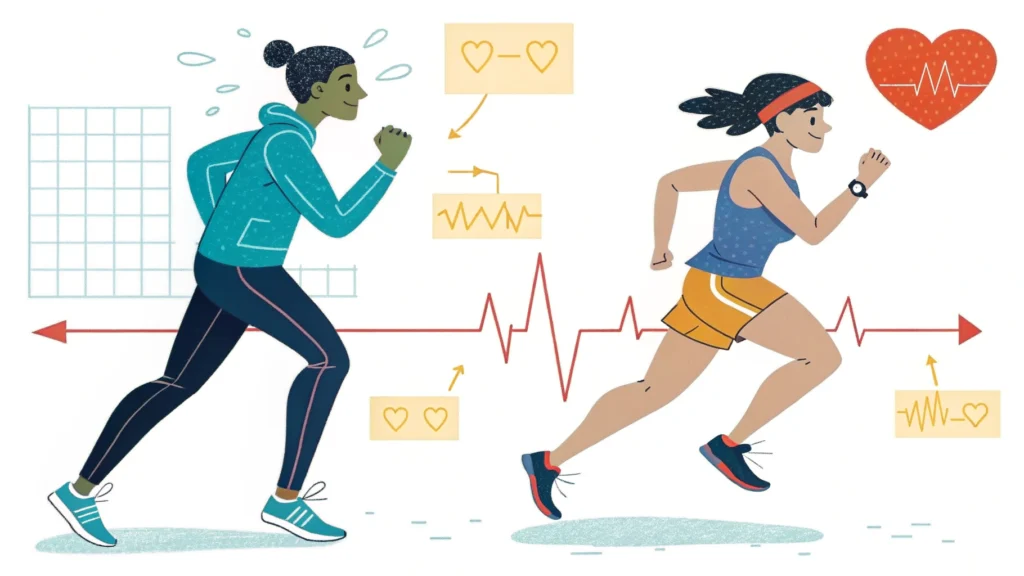
Steady-state cardio refers to cardiovascular exercise performed at a consistent, moderate intensity for an extended period — typically 30 to 60 minutes. Think brisk walking, cycling, swimming, or jogging at a pace where you can hold a conversation but still feel your heart rate elevated.
Unlike high-intensity interval training (HIIT), which involves explosive bursts of effort, steady-state cardio is more about endurance, rhythm, and fat utilization. It’s slow, controlled, and surprisingly effective — especially when it comes to sustainable weight loss.
Why Steady-State Cardio Works So Well for Weight Loss
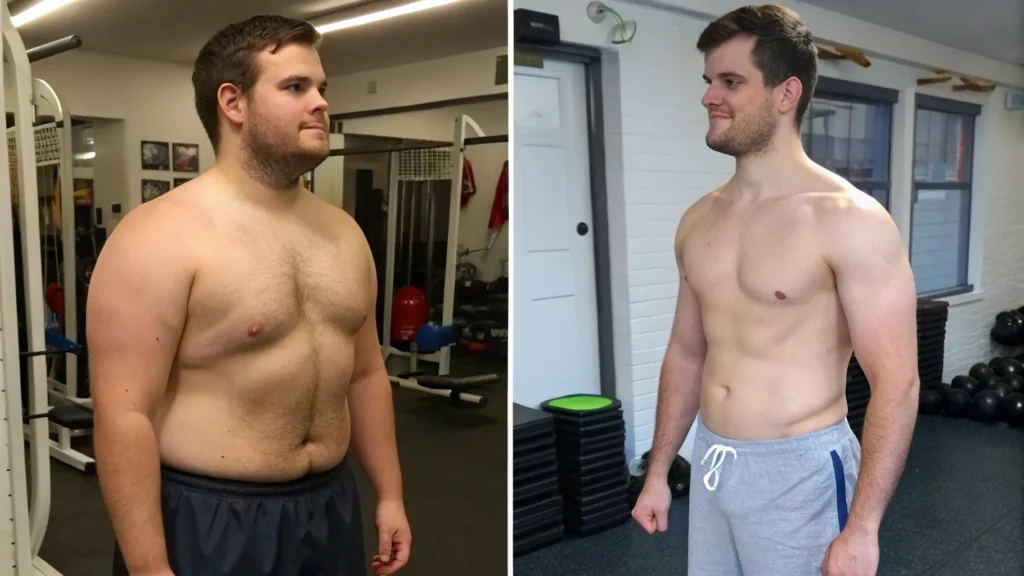
1. It Targets Fat as a Fuel Source
When you exercise at a moderate intensity, your body predominantly burns fat for energy rather than carbohydrates. This makes steady-state cardio ideal for long-duration fat loss — especially when done in a fasted state.
2. Less Stress on the Body
High-intensity workouts can spike cortisol (the stress hormone), which may lead to fat retention and burnout. Steady-state cardio is gentler on the joints and nervous system, making it a safer, more consistent option for many Americans — particularly beginners, older adults, or those recovering from injury.
3. It’s Easier to Stick With
In 2025, consistency is king when it comes to weight loss. Since steady-state cardio feels less intimidating and is easier to recover from, people are more likely to build a daily or weekly habit — and that leads to better long-term results.
4. Supports Mental Health and Stress Reduction
A brisk 45-minute walk or an evening bike ride doesn’t just burn fat — it clears your mind, reduces anxiety, and boosts endorphins. For many Americans dealing with burnout and anxiety, steady-state cardio is both a physical and emotional release.
The Science Behind Steady-State Cardio and Fat Loss
Multiple studies show that steady-state cardio, especially in the “fat-burning zone” (around 60–70% of your max heart rate), is incredibly effective for reducing body fat and improving metabolic efficiency.
One notable study published in Obesity Reviews (2023) found that participants who walked briskly for 45 minutes five times per week lost more visceral fat (the dangerous belly fat) than those who did short-duration HIIT.
Another 2024 survey by the American Council on Exercise (ACE) showed that 62% of US adults preferred steady-state cardio for long-term adherence compared to only 28% sticking with HIIT routines.
Benefits of Steady-State Cardio for Americans in 2025
1. ✅ Burns Fat Without Burning Out

Long work hours, screen fatigue, and chronic stress are already draining. Steady-state cardio helps you lose weight without adding more pressure to your routine.
2. 🏃♂️ Beginner-Friendly

Whether you’re 25 or 65, anyone can begin walking, swimming, or cycling — no fancy equipment or gym membership needed.
3. 🧘 Boosts Heart and Lung Health

Regular moderate cardio improves cardiovascular health, lowers resting heart rate, and reduces the risk of stroke and heart disease — especially important in the aging US population.
4. 🕒 Fits Into a Busy Lifestyle

You can easily walk during lunch breaks, use a treadmill while watching Netflix, or cycle to work. It’s flexible and accessible.
5. 🧠 Improves Brain Health

New research in 2025 links steady-state cardio to improved cognitive function, better memory, and reduced risk of dementia — making it a long-term investment for your body and mind.
Tips to Maximize Your Steady-State Cardio Results
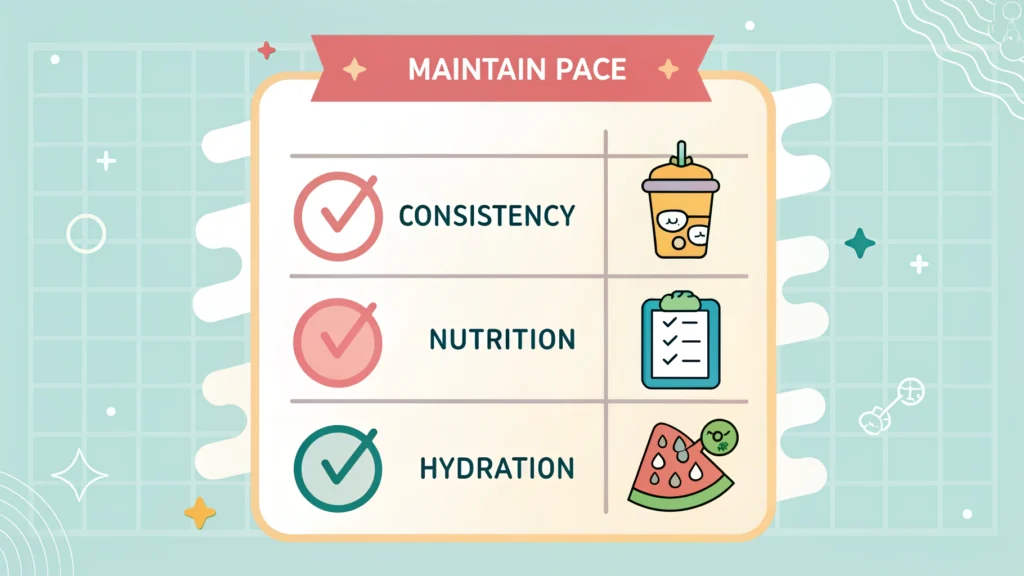
Track Your Heart Rate : Stay in the fat-burning zone (60–70% of max heart rate). Fitness watches or apps like Strava and Apple Health can help.
Be Consistent : Aim for 4–6 sessions per week, each lasting 30–60 minutes.
Combine with Strength Training : Two days of light weight training will help build lean muscle and increase fat-burning efficiency.
Hydrate and Fuel Smartly : Especially for early morning or fasted sessions, stay hydrated and eat a protein-rich meal post-workout.
Choose Enjoyable Activities : Walking outdoors, biking through scenic routes, or dancing to music makes it fun and sustainable.
Common Myths About Steady-State Cardio

❌ Myth #1: “It’s boring.”
→ Truth: With the right playlist, podcast, or scenic route, steady-state cardio can be meditative and enjoyable.
❌ Myth #2: “It’s not as effective as HIIT.”
→ Truth: It’s not about intensity; it’s about consistency. Many studies show that moderate cardio is just as effective — and sometimes more sustainable — for fat loss.
❌ Myth #3: “It takes too long.”
→ Truth: 30 minutes a day is all you need to start seeing results — and you can even split it into 15-minute sessions.
Real Stories: Americans Embracing Steady-State Cardio in 2025
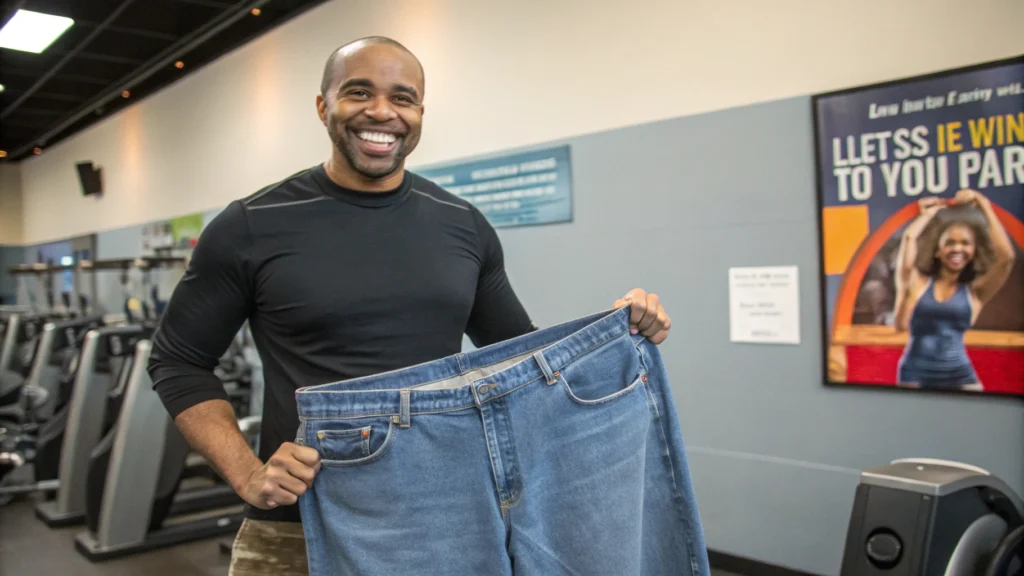
Melissa, 34, from Austin, TX: “After burning out from intense bootcamps, I switched to walking and cycling daily. I’ve lost 22 pounds in six months — without joint pain or stress.”
James, 42, from Seattle, WA: “I walk 5 miles every morning while listening to business podcasts. It’s my therapy and workout in one.”
Angela, 58, from Miami, FL: “Steady-state swimming helped me lose 15 pounds post-menopause. It’s gentle but powerful.”
Why Now? The 2025 Shift in American Fitness Trends
Post-pandemic, Americans are shifting toward sustainable wellness. Instead of chasing six-packs, the new goal is mental clarity, functional fitness, and longevity. Steady-state cardio aligns perfectly with these values.
Google Trends data shows a 39% increase in searches for “walking for fat loss” and “low-intensity cardio workouts” in the US since January 2025. Health influencers, doctors, and lifestyle coaches are all encouraging this balanced approach.

Conclusion: The Bottom Line
Steady-state cardio isn’t just “old school” — it’s smart science. In 2025, Americans are realizing that slow and steady really does win the race — especially when it comes to long-term weight loss.
Whether you’re walking your dog, biking through the park, or dancing around your living room — you’re burning fat, building endurance, and investing in your well-being.
Ready to shed the pressure and lose weight the sustainable way?
Lace up. Step out. And let steady-state cardio do its magic.
💬 What’s your favorite steady-state cardio workout? Share your journey in the comments!
